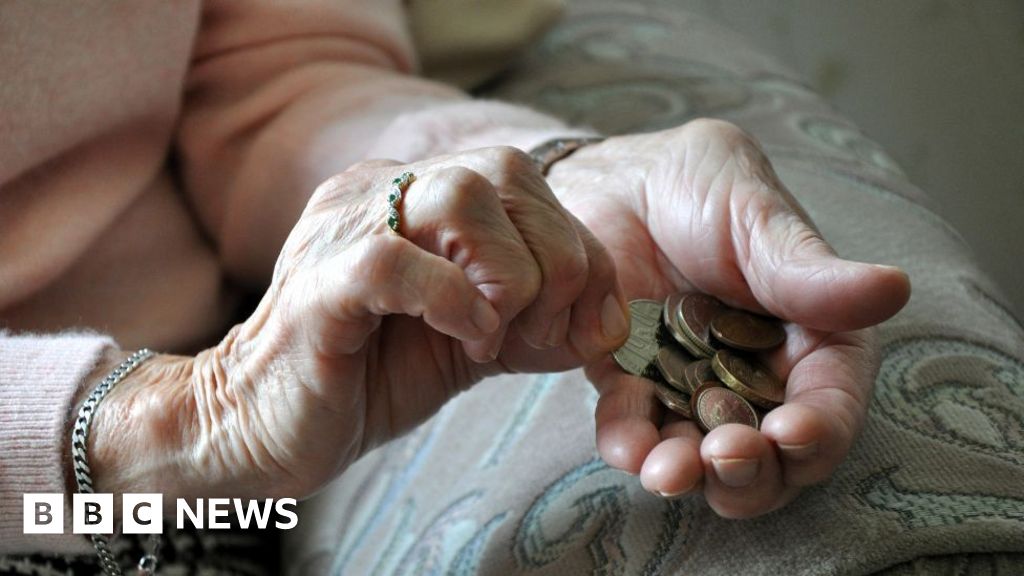Bussiness
Property prices continue to surge on Glasgow’s coveted southside as buyers turn to new-builds to beat ‘offers over’ lottery – Scottish Business News

PROPERTY across Glasgow’s sought-after southside is selling for almost 25% more than the city-wide average, research from one of Scotland’s top estate agents has revealed.
According to figures compiled by Savills via MyHousePrice.com, the average price of a home in the G41, G42, G43, G44, and G5 postcodes between July 2023 and June 2024 was £219,000 – 24% higher than the Glasgow average of £177,000 (recorded in June this year).
The average price paid by first-time buyers in Glasgow was £159,000 in June 2024, 4.2% higher than £153,000 a year ago. For homes bought with a mortgage, the average price was £187,000 in June 2024. That’s a jump of 5.1% from £178,000 in June last year, according to Faisal Choudhry, Head of Residential Research from Savills Scotland.
The new figures arrive as a national survey by property developer Westpoint Homes revealed almost six-in-10 Scots (57%) believe it’s unlikely they can buy a home in the current market. Of those in a position to make an offer, around 40% say they’d avoid traditional homes as they will sell for way above home report value.
However, Glasgow-based Westpoint Homes said an increasing number of house hunters are turning to new-build homes to avoid the ‘offers-over’ lottery – including its new Cottonyards Development in New Gorbals – with the fixed-priced aspect of properties proving attractive, alongside other credentials including improved energy efficiency.
The same nationally representative survey, conducted by independent insights agency Opinion Matters, found around half (49%) of Scots respondents believe new build properties provide greater energy efficiency, with four-in-10 (39%) believing new property requires less maintenance than traditional homes. Around a third (30%) of Scots respondents said fixed pricing is a significant attraction.
Owners of new-build homes can save around £2,600 a year in energy bills on average compared to traditional properties, data from the Home Builders Federation indicates. High energy efficiency ratings, condensing boilers, double or triple glazing, insulation and solar panels – as well as energy-efficient heating systems – contribute to big savings made from choosing new builds over older, less energy efficient properties such as traditional, Glasgow tenements.
Caryl Speirs, Sales Manager at Westpoint Homes, said: “The southside of Glasgow continues to be the most popular part of the city for people looking for new homes, and consequently many are finding themselves disappointed as traditional properties sell for as much as 20% over home report value.
“The price of property in these postcodes has gone through the roof in recent years, and it’s easy to see why with access to a host of amenities as well as some of the most attractive neighbourhoods in the city.
“We have received an increasing number of enquiries from house hunters becoming disillusioned with that process, as fixed price means they can guarantee a property without having to go through the pain of the ‘offers over’ lottery. The price you see is the price you pay, all without the added stress of a closing date, which is often part of the second hand property buying process.”
She added: “We invest time and resources to take homes beyond the industry standards of construction, design, and energy efficiency. Significant financial savings every year – that is the benefit you can expect from the reduced energy bills in your new home. In fact, new homes are typically six times more energy efficient than older properties, and generate less than 60% of the CO2.”
Cottonyards, on the corner of Commercial Road and Old Rutherglen Road, in New Gorbals has a selection of one, two and four-bedroom properties with easy access to amenities not only in the south side but also to the city centre, only separated by Glasgow Green.










